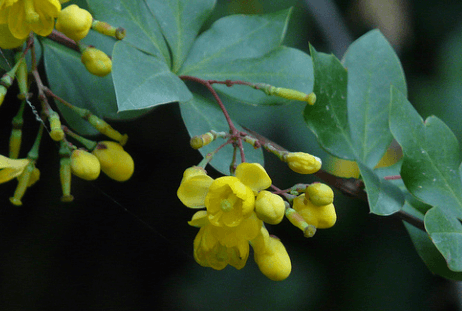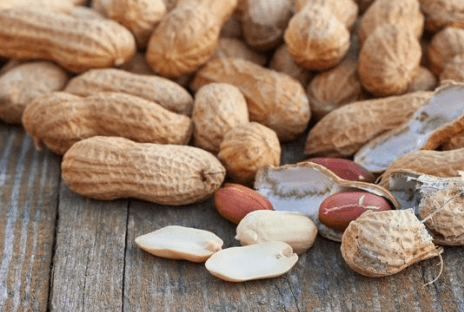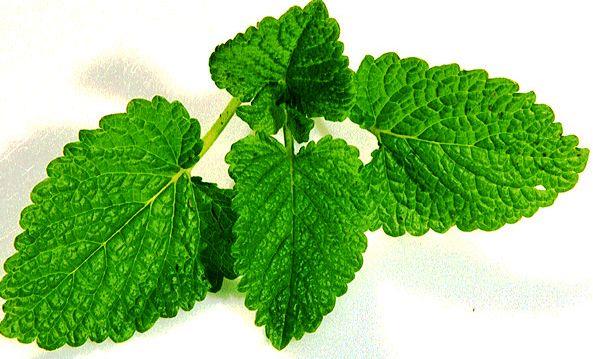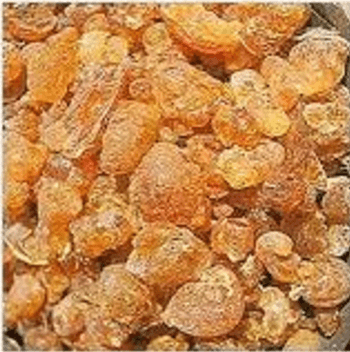Mustak/Nut Grass, मोथा घास Medicinal Benefits

Botanical Name-Cyperus rotundus
Common Name-Nagarmotha
Family-Cyperaceae (Mustak kul)
Habit-A perennial glabrous herb, 1-3 ft. in height.
Properties-
Property-Lightness, dryness
Taste-Bitter, acrid, fragrant
Potency-Cooling
Metabolic Property-Pungent
Specific Property-
- Kaph-Pitta-Samak
- Astringent
- Stomachic
- Digestive
- Anti-thirst
- Anti-pyretic
Part Used—Tuber Description

Mustak was held in high esteem by the ancient sage’s of India. This super bulb has been used throughout the ages for the treatment of numerous illnesses. It enjoys an important place among medicinal herbs in India since ancient times.
Vagbhata has admired it as the drug of choice for any type of fever. He has also mentioned it as dipaniya-an appetizer, pacaniya-digestant and sangrahi-anti-diarrheal. Maharishi Charaka has categorized it as trptighna-anti-saturative, trsna nigra-haniya-thirst relieving, lekhaniya-reducing herb, kandughna-anti-pruritic and stany sodhana-lactodepurant herb. It is also well known for its amapacaka-digests ama and svedala-diaphoretic properties.
The plant grows all over India up to 2000 meters altitude, especially on the banks of streams and rivers. Aperennial herb grows 0.33-1 meter tall, branches long and with three edges,. The spiklets in compound umbels are 5-20 cm long. The rhizomes are blackish, hard, fragrant tubers and aerial stems triquetrous. The fruits are small, ovoid and the seeds tiny, numerous.
The botanical name of Mustak is Cyperus rotundus and it belongs to family Cyperaceae. The essential oil from the plant contains at least 27 components comprising sesquiterpene hydrocarbons, epoxides, ketones, monoterpene and aliphatic alcohols and some unidentified constituents, copadiene and epoxyquaine. The rhizomes contain sitosterol, cyperene, seniline, cyperenone and sesquiterpenes cyperone is obtained from the tubers. The leaves contain luteolin and auresidin. Cyperene-1 and cyperene-2 isolated from tubers. Muskatone and patchoulenone isolated from essential oil. Structure of rotunol and rotunol, two norsesquiter penoides-kobusone and isokobusone identified. From the rhizomes cyperene, selinene, cyperenone and cyperone isolated. A new saponon-olenolic acid-3-0 neohesperideside (I) isolated form tubers and characterized (Phytochemistry 1980, 19, 2056.
Mustak is pungent, bitter and astringent in taste, pungent in the post digestive effect and has cold potency. It alleviates kapha and pitta doshas, but aggravates the vata dosha. It possesses light and dry attributes. It is fragrant, astringent, diuretic and galactogogue in properties and is used in diarrhea, fever, thirst, distaste, blood diseases etc.
Three varieties of Mustak are mentioned in various Samhita viz.kaivartamusta, nagaramusta and bhadra musta, of which, the commonly used mustak-magaramusta is the superior most.
The bulbous roots of mustak have great medicinal value and are used for medicinal purpose. It is used both, internally as well as externally. The root extract oil instilled into eyes in conjunctivitis reduces the pain, redness and ocular discharges. The external application of its paste relieves itching and reduces the foul odour due to excessive sweating, and is salutary in skin diseases like scabies, eczema etc. Application of its paste on the breasts purifies the breast milk. In obesity, the massage with its dry powder (udvartana) is extremely beneficial for reducing the subcutaneous fat deposition.
Internally, mustak is used in vast range of diseases. It is one of the best herbs, useful in digestive disorders. It is a keen stimulant for appetite, digestion of ama, and is also vermicide, astringent. Therefore it is an effective remedy for distaste, vomiting, diarrhea, colitis, dyspepsia, worms etc, Mustak is highly praised as the best panacea for dental diarrhea in children. It works well in combination with karkatasrngi (Rhus succedanea) and ativisa (Aconitum heterophyllum) in such condition. In dental ciarrhoea, traditionally, the decoction of mustak combined with mustak Powder (1gm) is given with great benefit. In mental debility and epilepsy, it is given along with cow’s milk. It also promotes the intelligent whereas, mustak is potent amapacaka (digests the ama). Hence, mustak should be used in diarrhea, associated with fever and excessive thirst. It is beneficial in cough and asthma as it alleviates the kapha Mustak is the best herb for treating any type of fever. The decoction of its roots is the best remedy for purifying the breast milk in lactation mothers. It is also one of the most effective menstrual regulators. It helps to promote and regulate the menstruation (emmenagogue). As an emmenagogue, it can be used with satavari (Asparagus racemosus) in proportions of 1 -4 in burning micturition, urinary calculi; heamaturia etc. mustak renders excellent results, as it is diuretic in property.
Dosage
Decoction -50-100 ml
Uses-
- In Amoebiasis-Fresh tubers mixed with ginger is used with honey.
- In Diarrhea-Decoction of Mustak with honey is useful.
- Useful in fever, blood dysentery and fever caused by pitta.
- In Corneal ulcers-Mustak fried in ghee should be powdered & applied locally.
- In wounds-Fresh root mixed with cow s ghee applied locally.
- As Galactogague-Local application of the paste of mustak.





